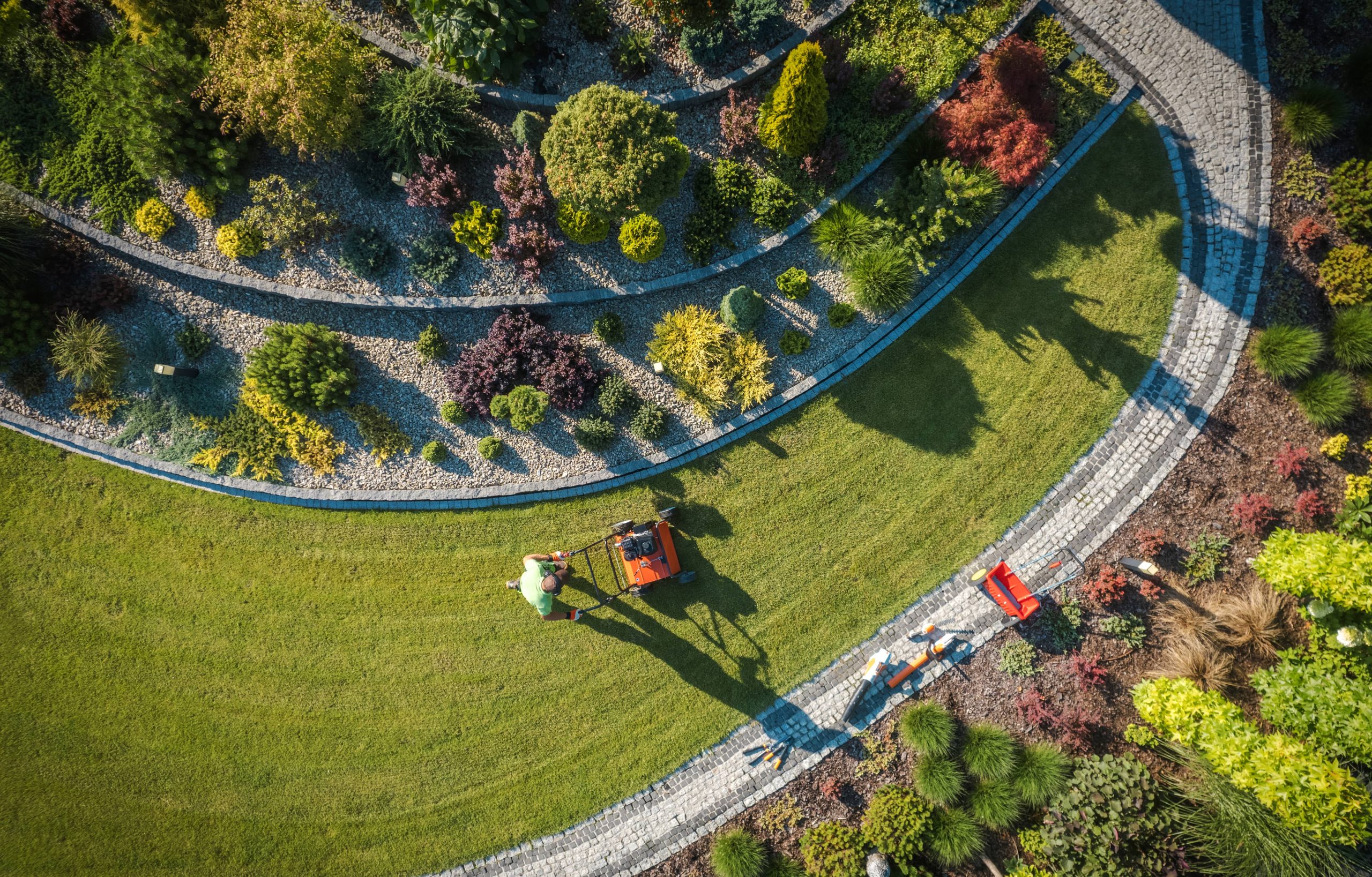
In recent years, the concept of the kitchen garden has seen a wonderful revival, bringing with it the pleasures and benefits of growing your own food. An outdoor kitchen garden doesn’t just supply fresh ingredients for your meals—it also enhances your landscape, improves biodiversity, and offers a therapeutic hobby that’s both fulfilling and sustainable. This guide will walk you through the essentials of creating a flourishing outdoor kitchen garden, suitable for growing a variety of herbs, vegetables, and fruits right in your backyard.
Understanding the Basics of a Kitchen Garden
A kitchen garden, traditionally known as a potager, is a space where you grow a combination of vegetables, herbs, and fruits, sometimes interspaced with edible flowers. These gardens are typically situated close to the house for easy access to fresh ingredients. Unlike large-scale farming, a kitchen garden emphasizes quality over quantity and beauty over utilitarian design.
Benefits of an Outdoor Kitchen Garden
1. Fresh Produce at Your Fingertips: Imagine the convenience of picking fresh basil or crisp lettuce a few steps from your kitchen.
2. Sustainability: Reducing your reliance on store-bought produce cuts down on carbon emissions associated with transportation and packaging.
3. Health and Wellness: Consuming organic, home-grown produce is not only healthier but cultivating a garden is also a physical activity that benefits mental health.
4. Biodiversity: Encouraging a variety of plants will attract beneficial insects and wildlife to your garden, aiding in natural pest control and pollination.
5. Aesthetic Appeal: A well-designed kitchen garden is both functional and beautiful, serving as an extension of your living space and providing visual enjoyment.
Designing Your Garden
Planning is key to creating a successful kitchen garden. Here are some steps to guide you:
Assess Your Space
Consider your available space, sunlight, and soil conditions. Most kitchen garden plants require at least 6-8 hours of sunlight. Use this information to determine the size and position of your garden. Even if you have limited space, such as a balcony or patio, container gardening is a viable option.
Layout and Design
When it comes to layout, traditional rows, raised beds, or keyhole gardens are all popular choices. Raised beds are particularly preferred for their accessibility, and they drain well, providing better root environment control. Keyhole gardens, on the other hand, combine excellent composting with space efficiency.
Choosing What to Grow
The choice of plants depends on personal preference, climate, and growing conditions. Start with easy-to-grow staples like tomatoes, basil, lettuce, and parsley if you are a beginner. As you gain confidence, diversify into carrots, peppers, zucchini, strawberries, or even fruit trees if space allows.
Crop Rotation and Companion Planting
To ensure soil fertility and minimize pests, consider practicing crop rotation and companion planting. Crop rotation helps prevent the depletion of soil nutrients, while companion planting involves growing mutually beneficial plants together. For instance, plant tomatoes with basil; not only do they pair well in meals, but basil allegedly helps repel pests harmful to tomatoes.
Planting Your Kitchen Garden
Once your plan is set, it’s time to prepare the garden for planting.
Soil Preparation
Soil quality is crucial; rich, well-draining soil is ideal. Begin by removing weeds and debris, then enrich the soil with organic matter such as compost or well-rotted manure. Conduct a soil test to ensure the pH level suits the plants you intend to grow.
Planting
Follow the seed packet instructions or guidelines for each plant regarding depth and spacing. Overcrowding can lead to poor air circulation, which can encourage diseases. Make sure seedlings have ample room to mature.
Watering and Mulching
Regular watering is necessary, especially in the early stages. The best time to water is early in the morning or late in the evening to reduce evaporation. Mulching around plants retains moisture, suppresses weed growth, and adds nutrients to the soil as it decomposes.
Caring for Your Kitchen Garden
Your kitchen garden requires consistent care to thrive.
Pest and Disease Control
Keep an eye out for pests and diseases. Introduce beneficial insects like ladybugs for natural pest control, or use homemade remedies like neem oil sprays. Practicing good hygiene, such as removing dead leaves, can reduce disease spread.
Fertilizing
Regular feeding with a balanced organic fertilizer supports healthy growth and improves yield. However, avoid over-fertilizing, which can cause lush foliage with little fruit.
Pruning and Maintenance
Prune plants to remove damaged areas, improve air circulation, and encourage new growth. Regular maintenance also includes staking taller plants like tomatoes to provide support and prevent them from toppling over.
Harvesting and Enjoying Your Produce
Harvesting times vary depending on the plant species and your climate. Picking produce at its peak ripeness ensures the best flavor and nutritional content. Regular harvesting often encourages plants to produce more.
Finally, the joy of cooking meals with ingredients from your outdoor kitchen garden cannot be overstated. Not only do you experience incredible flavors and freshness, but you also enjoy the satisfaction of eating something you’ve nurtured with your hands.
Conclusion
Creating a flourishing outdoor kitchen garden is a rewarding endeavor that provides benefits beyond mere produce. In an increasingly hectic world, this space can become your sanctuary—a place where nature meets nurture, where sustainability is more than a concept, but a practice. Whether you have a vast landscape or a small balcony, a kitchen garden is well within your reach. Start small, dream big, and watch your garden—and satisfaction—grow.













